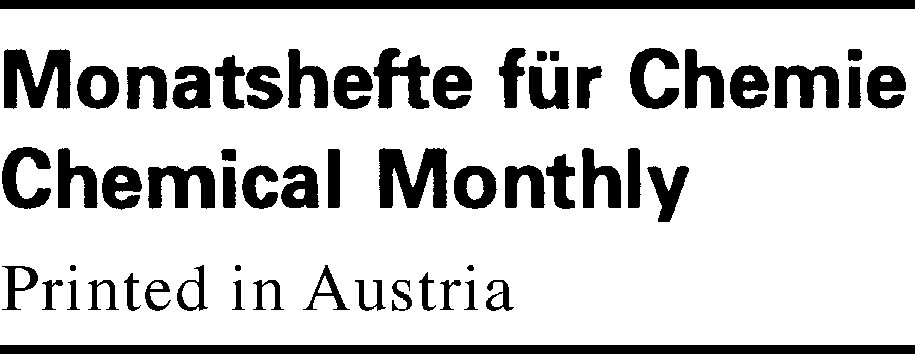carolina.com
Material Safety Data Sheet CAFFEINE Revised: 11/18/2011 Replaces: 11/17/2011 Printed: 06/21/2013 Section 1 - Product Description Product Name: Caffeine Product Code(s): 85-1568, 85-1570 Size: 25 g, 100 g Chemical Name: 1,3,7,-Trimethylxanthine CAS Number: 58-08-2 Formula: C8H10N4O2 Synonyms: No-Doz, Coffeine, Theine Distributor: Carolina Biological Supply Compan
 An Efficient One-Pot Synthesisof Pyrazolopyrimidines, Intermediatesfor Potential Phosphodiesterase Inhibitors
Raid J. Abdel-Jalil1;Ã, Monther Khanfar1, Kayed Abu-Safieh1,Samer Al-Gharabli2, Mustafa El-Abadelah2, and Wolfgang Voelter3;Ã
1 Chemistry Department, Faculty of Science, Hashemite University, Zarka-Jordan2 Chemistry Department, Faculty of Sciences and Arts, University of Jordan,
3 Abteilung f€uur Physikalische Biochemie des Physiologisch-chemischen
Received August 3, 2004; accepted August 16, 2004Published online January 14, 2005 # Springer-Verlag 2005
Summary. A simple high-yielding procedure is presented for the synthesis of pyrazolopyrimidinonesovercoming limitations found in earlier work and of considerable utility for the production of inter-mediates for potential phosphodiesterase inhibitors.
An Efficient One-Pot Synthesisof Pyrazolopyrimidines, Intermediatesfor Potential Phosphodiesterase Inhibitors
Raid J. Abdel-Jalil1;Ã, Monther Khanfar1, Kayed Abu-Safieh1,Samer Al-Gharabli2, Mustafa El-Abadelah2, and Wolfgang Voelter3;Ã
1 Chemistry Department, Faculty of Science, Hashemite University, Zarka-Jordan2 Chemistry Department, Faculty of Sciences and Arts, University of Jordan,
3 Abteilung f€uur Physikalische Biochemie des Physiologisch-chemischen
Received August 3, 2004; accepted August 16, 2004Published online January 14, 2005 # Springer-Verlag 2005
Summary. A simple high-yielding procedure is presented for the synthesis of pyrazolopyrimidinonesovercoming limitations found in earlier work and of considerable utility for the production of inter-mediates for potential phosphodiesterase inhibitors.